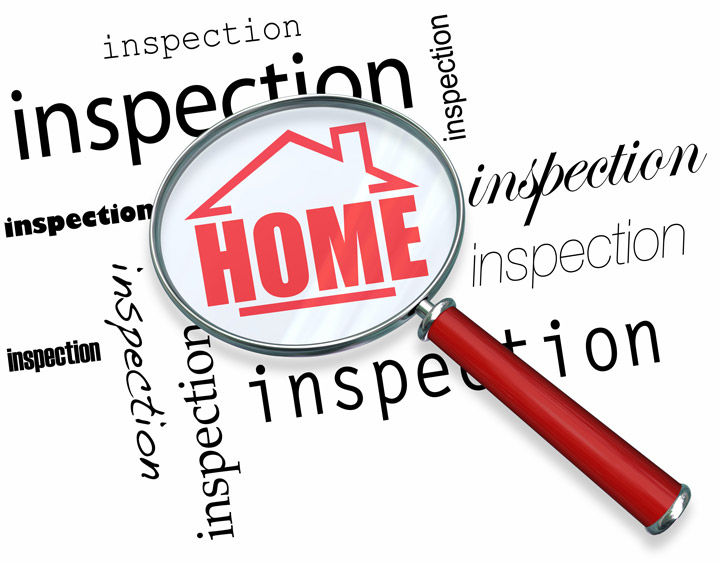
Decoding the Appraisal ProcessAcquiring real estate is the biggest financial decision some of us may ever consider. Whether it's a primary residence, a seasonal vacation property or a rental fixer upper, purchasing real property is a complex financial transaction that requires multiple people working in concert to see it through. You're probably familiar with the parties having a role in the transaction. The most known person in the transaction is the real estate agent. Next, the mortgage company provides the financial capital required to fund the exchange. And ensuring all requirements of the transaction are completed and that the title is clear to pass to the buyer from the seller is the title company. So, what party is responsible for making sure the property is worth the amount being paid? In comes the appraiser. We provide an unbiased estimate of what a buyer might expect to pay — or a seller receive — for a property, where both buyer and seller are informed parties. A licensed, certified, professional appraiser from Westerberg Appraisals LLC will ensure, you as an interested party, are informed. The inspection is where an appraisal beginsOur first duty at Westerberg Appraisals LLC is to inspect the property to determine its true status. We must physically view features, such as the number of bedrooms and bathrooms, the location, and so on, to ensure they indeed exist and are in the condition a typical buyer would expect them to be. The inspection often includes a sketch of the house, ensuring the square footage is accurate and illustrating the layout of the property. Most importantly, we look for any obvious amenities - or defects - that would affect the value of the property. Once the site has been inspected, an appraiser uses two or three approaches to determining the value of real property: a sales comparison, a replacement cost calculation, and an income approach when rental properties are prevalent. 
Replacement CostHere, the appraiser analyzes information on local construction costs, labor rates and other elements to figure out how much it would cost to construct a property comparable to the one being appraised. This estimate commonly sets the maximum on what a property would sell for. The cost approach is also the least used method. 
Paired Sales AnalysisAppraisers can tell you a lot about the subdivisions in which they appraise. They thoroughly understand the value of certain features to the people of that area. Then, the appraiser researches recent transactions in close proximity to the subject and finds properties which are 'comparable' to the home at hand. By assigning a dollar value to certain items such as square footage, additional bathrooms, hardwood floors, fireplaces or view lots (just to name a few), we add or subtract from each comparable's sales price so that they more accurately match the features of subject.
Once all necessary adjustments have been made, the appraiser reconciles the adjusted sales prices of all the comps and then derives an opinion of what the subject could sell for. At Westerberg Appraisals LLC, we are experts when it comes to knowing the value of particular items in Napa and Napa County neighborhoods. This approach to value is commonly given the most consideration when an appraisal is for a home exchange. Valuation Using the Income ApproachA third method of valuing a house is sometimes employed when a neighborhood has a measurable number of rental properties. In this case, the amount of income the real estate yields is taken into consideration along with other rents in the area for comparable properties to give an indicator of the current value. The Bottom LineExamining the data from all approaches, the appraiser is then ready to document an estimated market value for the property at hand. It is important to note that while this amount is probably the strongest indication of what a property is worth, it probably will not be the price at which the property closes. Prices can always be driven up or down by extenuating circumstances like the motivation or urgency of a seller or 'bidding wars'. But the appraised value is typically used as a guideline for lenders who don't want to loan a buyer more money than they could recover in the event they had to sell the property again. The bottom line is, an appraiser from Westerberg Appraisals LLC will guarantee you get the most fair and balanced property value, so you can make the most informed real estate decisions. |